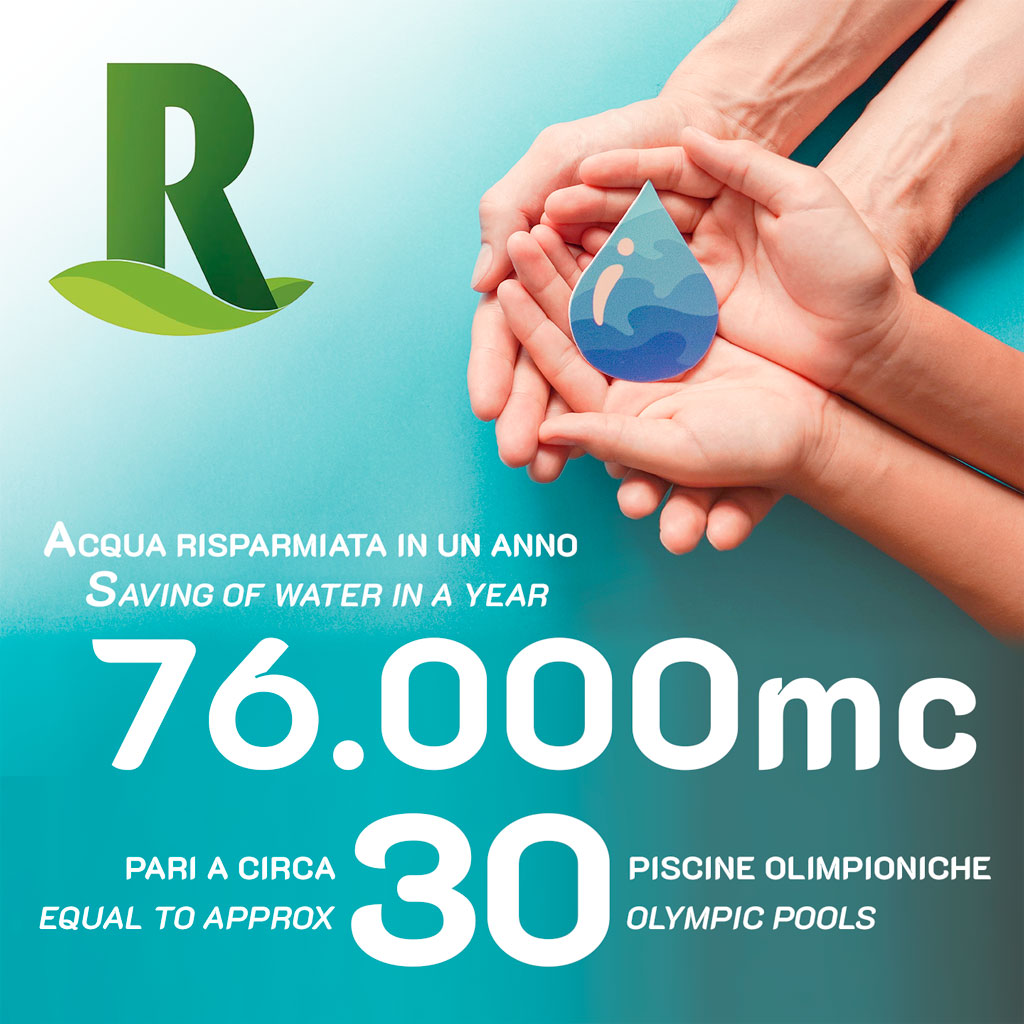
There are many brands of Riello burner flame detectors. At present, burner flame detectors using the principle of radiant light energy are the most widely used and effective burner flame detection methods. The principle of radiant light intensity detection is to use the probe to receive the radiation emitted by the flame, and judge the existence of the flame according to its intensity. Due to the different detection bands, it can be divided into ultraviolet, visible light, infrared and full radiation flame detection.
Flame detection signals come from UV detectors and smoke detectors. The flame detector has three independent detection tubes for detecting ultraviolet radiation with a wavelength of 180-260 Angstroms. When radiation from the flame strikes the cathode of one of the detector tubes, a beam of electrons is emitted. The electron beam hits the ionized gas filling the detector tube, which emits more electrons, creating avalanche conditions. More electrons are released, creating a momentary flow of electrons between the cathode and anode. This instantaneous flow of electrons (pulses) occurs repeatedly at a rate proportional to the intensity of the UV radiation. The frequency of the pulses is converted into a voltage within the detector and transmitted to the controller.
The ultraviolet and infrared probes detect different parts of the spectrum separately. Only when the two probes detect the corresponding spectrum at the same time, the ultraviolet and infrared probes will have output. This avoids the use of ultraviolet or infrared probes alone due to some reasons (such as lightning , arc welding, etc.) caused by false alarms. The flame detector has two relay outputs, the normally closed point of the fault relay is connected in series with the terminal resistor, and connected to the normally open point of the flame relay. When the probe has a fault, the fault relay acts to generate a fault (open circuit) signal. When a flame is detected, the flame relay acts to output an alarm signal. The UV/IR adopts an automatic oi test function, which is detected once a minute to check the cleanliness of the probe lens, the sensitivity of the sensor and the function of the internal electronic circuit. If faults are detected for three consecutive times, the probe will output a fault signal.

There are many brands of Riello burner flame detectors. At present, burner flame detectors using the principle of radiant light energy are the most widely used and effective burner flame detection methods. The principle of radiant light intensity detection is to use the probe to receive the radiation emitted by the flame, and judge the existence of the flame according to its intensity. Due to the different detection bands, it can be divided into ultraviolet, visible light, infrared and full radiation flame detection.
Flame detection signals come from UV detectors and smoke detectors. The flame detector has three independent detection tubes for detecting ultraviolet radiation with a wavelength of 180-260 Angstroms. When radiation from the flame strikes the cathode of one of the detector tubes, a beam of electrons is emitted. The electron beam hits the ionized gas filling the detector tube, which emits more electrons, creating avalanche conditions. More electrons are released, creating a momentary flow of electrons between the cathode and anode. This instantaneous flow of electrons (pulses) occurs repeatedly at a rate proportional to the intensity of the UV radiation. The frequency of the pulses is converted into a voltage within the detector and transmitted to the controller.
The ultraviolet and infrared probes detect different parts of the spectrum separately. Only when the two probes detect the corresponding spectrum at the same time, the ultraviolet and infrared probes will have output. This avoids the use of ultraviolet or infrared probes alone due to some reasons (such as lightning , arc welding, etc.) caused by false alarms. The flame detector has two relay outputs, the normally closed point of the fault relay is connected in series with the terminal resistor, and connected to the normally open point of the flame relay. When the probe has a fault, the fault relay acts to generate a fault (open circuit) signal. When a flame is detected, the flame relay acts to output an alarm signal. The UV/IR adopts an automatic oi test function, which is detected once a minute to check the cleanliness of the probe lens, the sensitivity of the sensor and the function of the internal electronic circuit. If faults are detected for three consecutive times, the probe will output a fault signal.